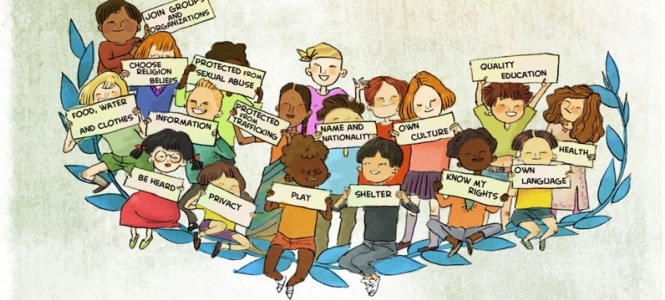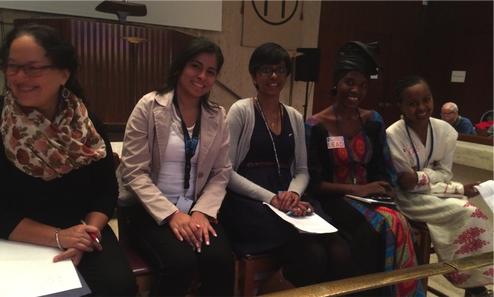Couples & Sexual Health
|
|
|
A few numbers from Statistics Canada...
- 45-50% of births for 50-55% abortions
- 37,6 % fewer births and abortions among girls between 15 - 19 years old from 1995 to 2005
- In the Kootenays, BC, over 50% of births are by young mothers under the age of 19. In comparison, 30% of girls in the US become pregnant by age 19.
Family planning & social facts
- A deeper understanding of the implications of couple stability is illustrated in this New York Times article. It highlights how an American community sowed the seeds of chaos through a large numbers of its young men growing up in broken families, never acquiring a stable relationship to male authority or sets of rational expectations about the future.
- The rise of single-parent households makes poverty more intractable. These households are 5 times as likely to live in poverty.
- Growing up with only one biological parent reduces the chances for a child to graduate from high school by 40%.
- “A father’s absence increases antisocial behaviours such as aggression, rule-breaking, delinquency and illegal drug use.” Research has shown that these effects are greater among boys than girls.
UN children's rights
|
The UN Commission on the Status of Women conference : "Increasing inter-generational dialogue: Empowering youth leadership in the movement to end violence against women"
|
Stages of love
To explain many behavioral issues and give a direction to the work we can achieve, let's take a look at new information on the neurological development of love consciousness. This knowledge allows for sexuality to be understood within a larger context, while addressing the issue of why sexuality is so unrooted during the early stages of life.
- From the womb until our 7th year, we experience and express unity & security through fusion, imitation, rituals, facts, impressions, the senses & pleasure (good/bad). A child's sense of security depends on how she/he experiences pleasure.
- 7-14 year olds experience challenges which help them develop self-confidence.
- 14-21 year olds learn the art of dialoguing with others, and experience the social challenges associated with getting to know the other gender. Self-discovery and learning to function within a larger group helps us develop faith and confidence in others.
- After 21, our dedication to learning how to serve the larger society paves the way for the development of more compassionate love.
So what’s next?
Prenatal education at school and for future parents to accompany their children:
- Teachers are first in line along with parents to teach children about the situation of women in the world, about our need for equity and respect between men and women to empower them at the right level. Teachers can help the youth become more aware of the tendencies and strengths of each gender and the common values of love between them, in order to foster respect and admiration for their unique and specific virtues! After centuries of unequal power balance between the sexes, women have to recover from an unhealthy situation to honour the privilege nature has entrusted them in the power to educate their children.
- Cultivating mutual admiration and respecting social justice for both genders is fundamental. It will never replace an education coming from the real life example of harmony between parents, but it just may be inspiring enough to offset difficult examples witnessed in one's family and in society. We have to start somewhere!
- We wish for future generations from all cultures to blossom and thrive thanks to this new knowledge! Civilizations have always evolved with new flowerings of information and discoveries coming from the arts, religion and science!



